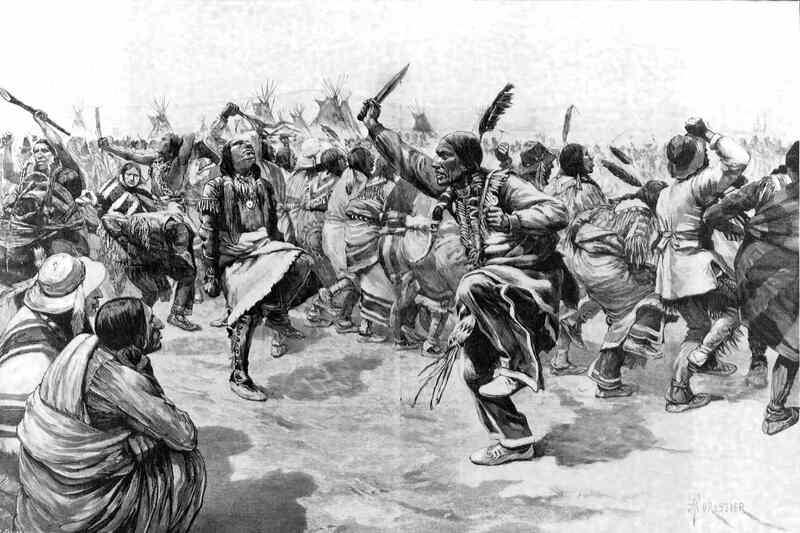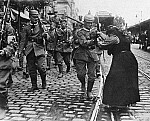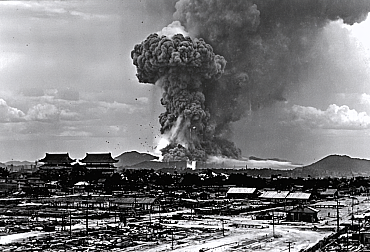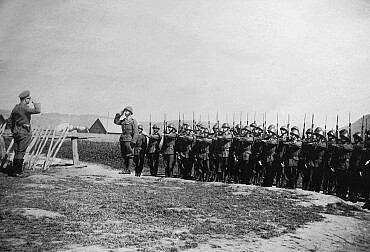Remembering the Wounded Knee Massacre: A dark chapter in American history
The Wounded Knee Massacre, which took place on December 29, 1890, on the Pine Ridge Indian Reservation in South Dakota, is a tragic and painful chapter in American history. This event marked the end of the Indian Wars and serves as a stark reminder of the injustices inflicted upon Native American communities throughout the country's history. In this article, we will delve into the events leading up to the massacre, the brutal confrontation itself, and its lasting impact on Native American communities and the nation as a whole.
Historical context
To understand the Wounded Knee Massacre fully, one must consider the historical context of the late 19th century. Decades of conflict between European settlers and indigenous peoples had led to the displacement and suffering of countless Native American communities. The U.S. government's policy of westward expansion and the establishment of reservations resulted in the loss of ancestral lands, cultural disintegration, and dire living conditions for many Native Americans.
The ghost dance movement
In the late 19th century, a spiritual movement known as the Ghost Dance gained prominence among Native American communities, particularly those living on reservations. This movement was seen as a way to reconnect with their traditional cultures, regain lost lands, and bring an end to their suffering. It was based on the belief that through the Ghost Dance, a spiritual ritual, Native Americans could summon their ancestors and bring about a world where they would no longer be oppressed.

The arrival of U.S. troops
Tensions escalated as the Ghost Dance spread throughout various reservations. In December 1890, Chief Big Foot (also known as Spotted Elk) and his band of Lakota Sioux were camped at Wounded Knee Creek on the Pine Ridge Reservation. The U.S. government, alarmed by the movement's growth and fearing it might lead to a unified Native American uprising, sent troops to suppress it.
The massacre
On the morning of December 29, 1890, the U.S. 7th Cavalry arrived at Wounded Knee Creek. The soldiers, heavily armed and mistrusting of the Native Americans, surrounded the encampment. A scuffle broke out, and a single gunshot triggered a brutal and one-sided massacre. U.S. troops opened fire indiscriminately on the unarmed Lakota Sioux, including women and children. The carnage was horrifying, with estimates of Native American casualties ranging from 150 to 300, while 25 U.S. soldiers also died.
The aftermath
The Wounded Knee Massacre marked the end of armed resistance by Native American communities against U.S. expansion and dominance. It was a dark and brutal episode that left a lasting scar on the collective memory of indigenous peoples. In the aftermath of the massacre, the U.S. government made little effort to provide justice for the victims, further deepening the wounds of Native American communities.
Legacy and remembrance
The Wounded Knee Massacre serves as a stark reminder of the injustices and violence perpetrated against Native Americans throughout American history. It is a symbol of the devastating impact of colonialism, displacement, and cultural suppression. Decades after the massacre, efforts to seek reparations and acknowledgment of the past continue, highlighting the need for reconciliation and a more just relationship between the U.S. government and Native American communities.
Conclusion
The Wounded Knee Massacre remains a painful and significant chapter in American history. It is a reminder of the enduring struggles and resilience of Native American communities who have faced centuries of oppression and violence. As we remember this tragic event, it is incumbent upon us to acknowledge the past, work towards healing and reconciliation, and strive for a more just and equitable future for all Americans.








